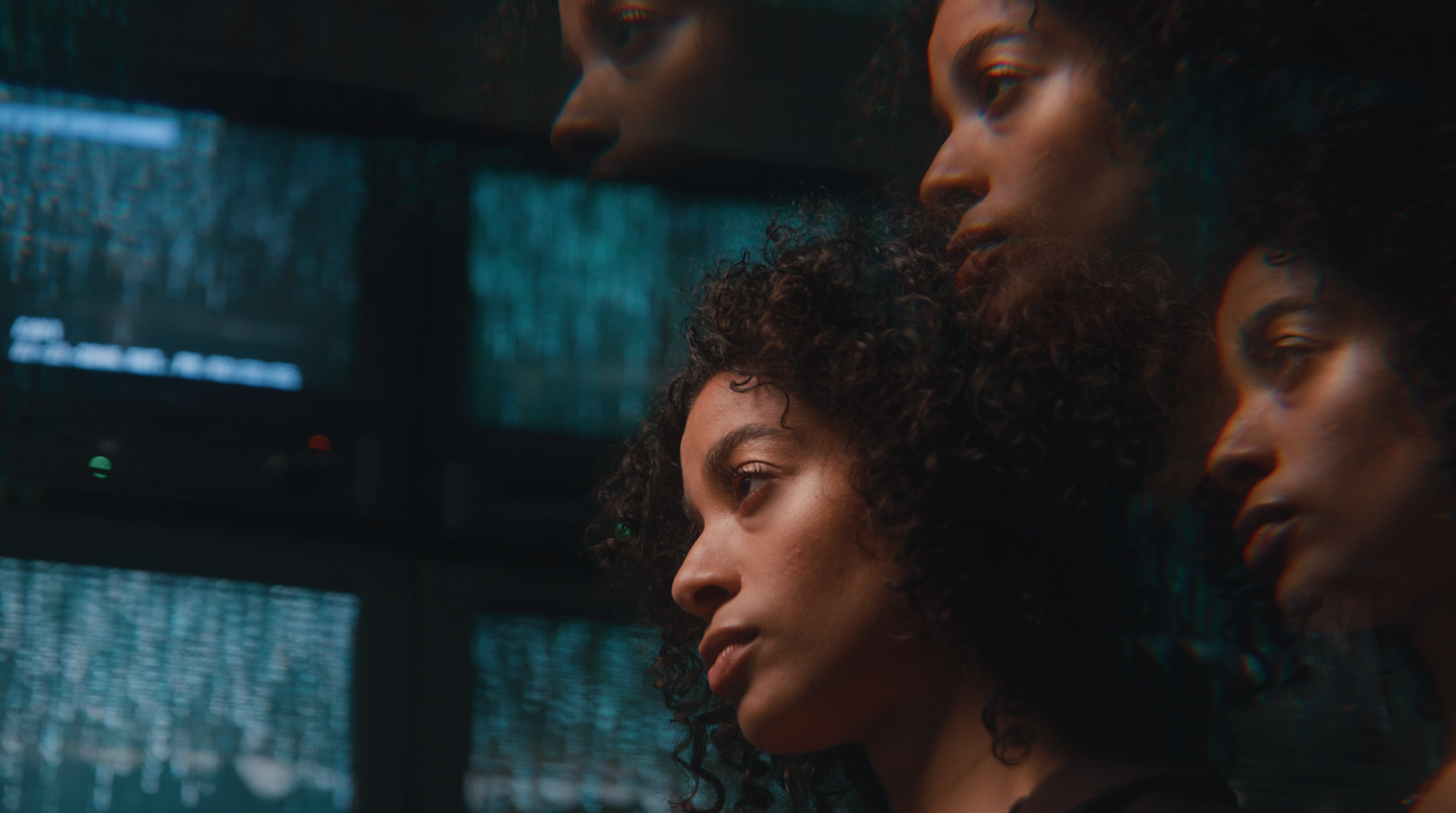
The Filmpac Ad Challenge
We know you work hard at your craft, and we want to invite you (yes YOU) to show us what you've got in our 10-day Ad Challenge!
Continue ReadingFor podcast editors or filmmakers who create a lot of interview-driven video content, editing natural, conversational dialogue is the biggest part of the process. A 30 minute interview often needs to be chopped down to a minute or less, but you need to still make it feel like a coherent story.
In this video, we’ll explore 5 tricks to seamlessly edit dialogue, which will help you tell your stories both faster and cleaner.
When we talk into a microphone, our mouths make all sorts of noises that can be a distraction. Breath noises, stutters, clicks, and pops, can really ruin a mix if they’re not addressed.
A skilled dialogue editor is able to identify and remove these distracting sounds with noise reduction.
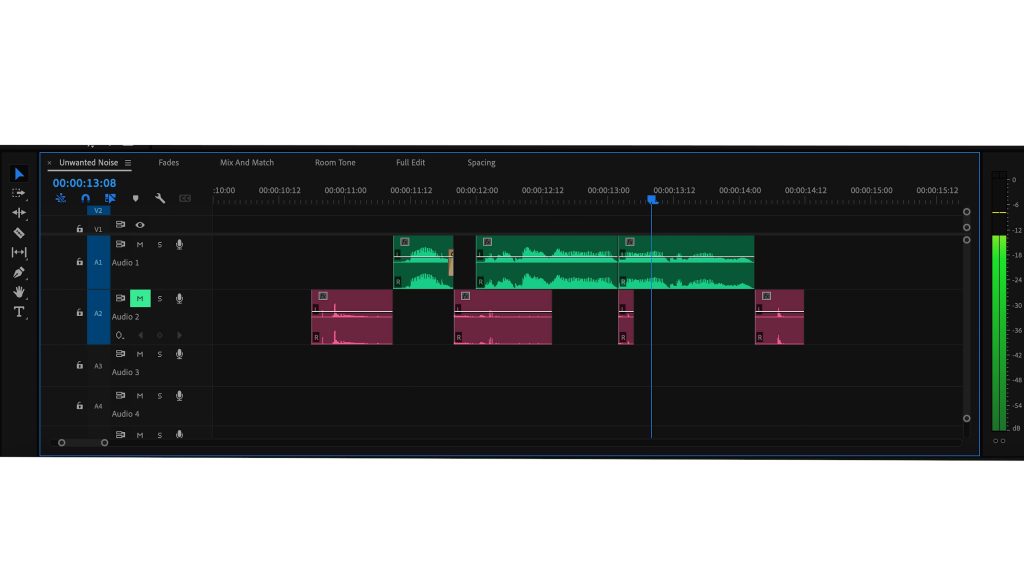
When it comes to breath noises and stutters, the solution is usually as simple as cutting the sounds out entirely (more on spacing and fades in a minute).
For less common problems like clicks, pops, and other tricky sounds, the use of a denoiser or declicker might be required (DAWs like Pro Tools and Premiere Pro have many of these tools built-in).
One of the most common mistakes new editors make when editing dialogue is not allowing enough space between sentences. When you’re joining two pieces of VO together, try to visualize how it would sound in a normal conversation.
In the video above, you’ll hear an example of a poor dialogue edit.
But with a bit of space added, it sounds natural and conversational.
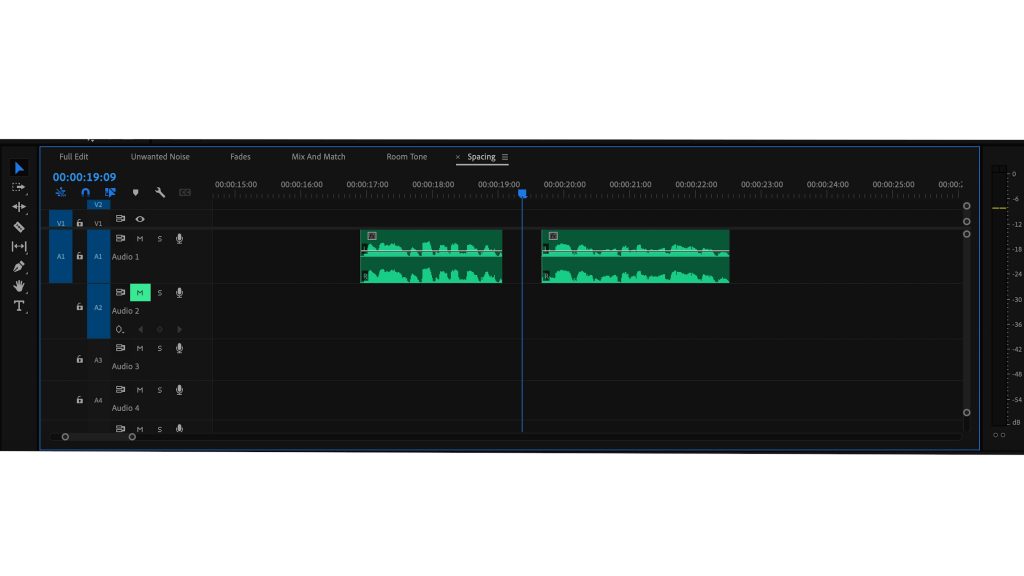
Most good dialogue audio has enough distracting production sounds to deal with already; the last thing you want to do is create more of these problems in the edit. If you don’t apply fades or crossfades to your edits, you’ll often end up with annoying clicks and pops.
I like to apply extremely short crossfades in post-production to eliminate these unwanted sounds, just like I would with sound design, music, foley, and sound effects.
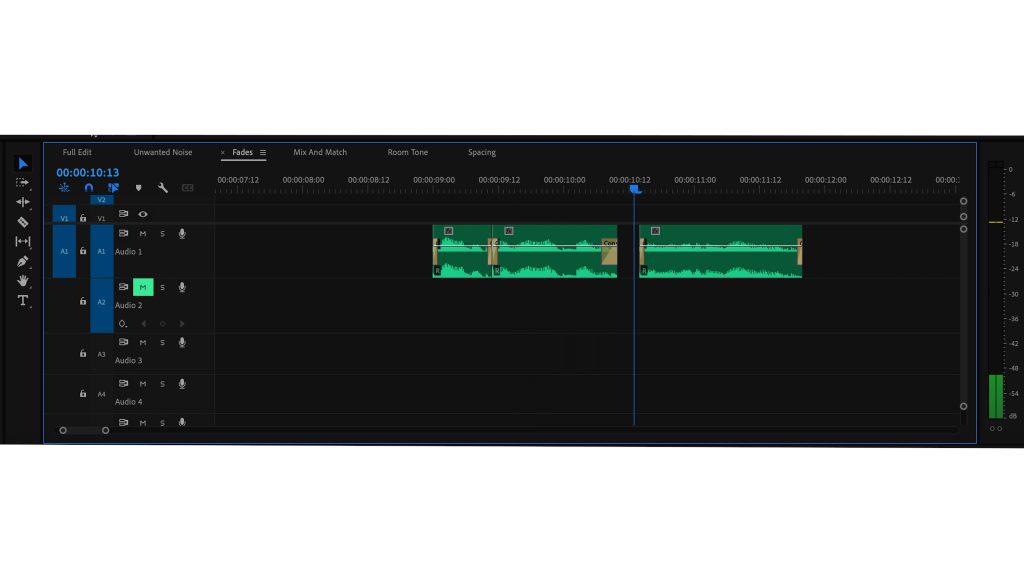
In a pinch, you’d be amazed at how you can combine sentences (and even words) together to save an edit. This video editing skill is especially useful when a VO or reshoot is simply not possible, but the natural dialog just isn’t working for your edit.
For example, maybe you needed the talent to use plural form rather than singular, but they didn’t. Or maybe you need to connect two ideas together with a conjunction but they didn’t do so themselves.
Well, it’s time to get creative. You can “steal” an “s” from elsewhere in the interview to add to the end of the singular word. Or you could take an “and” and insert it between the two ideas that need to be joined.
With a bit of practice, skill, and luck, you can creatively fix almost any content issue within your dialogue.
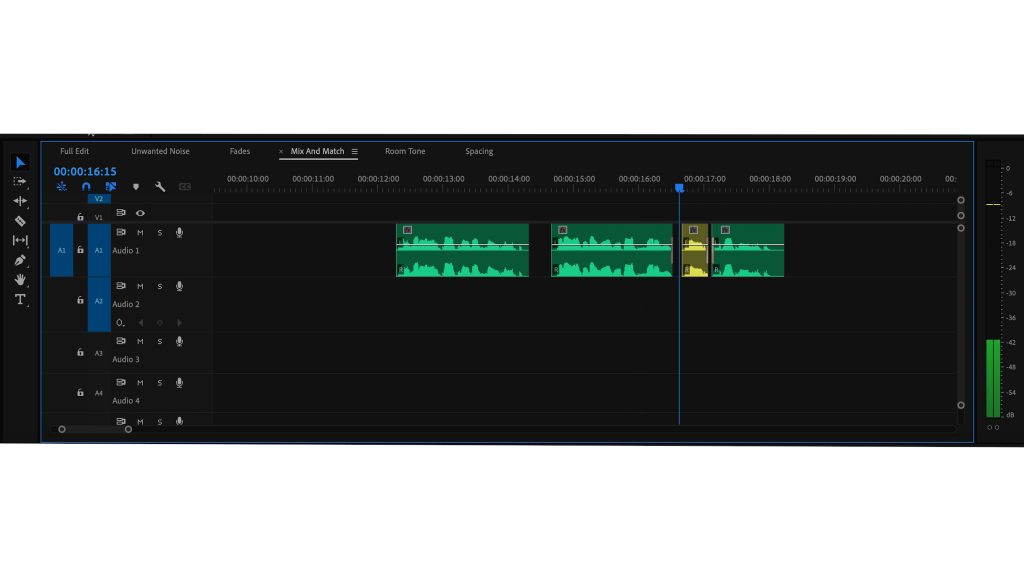
If your dialogue was recorded in a noisy environment, it is likely that there will be a file of room tone (background noise or ambience from the set) from the location available to you (you should always record at least 30 seconds of room tone no matter what).
This is critical if you’ll be heavily editing the dialogue.
When editing a noisy line of dialogue without a bed of room tone, those cuts, gaps, and transitions will be very obvious to the viewer, no matter how many fades or tricks you use.
But if you layer room tone underneath your dialogue track, that constant, natural noise will mask your edits and make everything sound coherent.
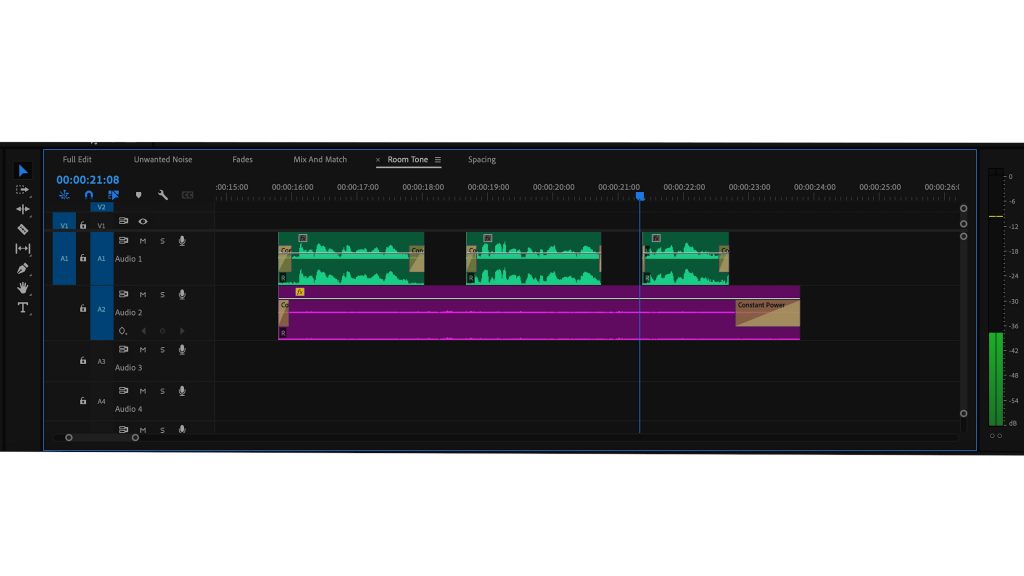
Most of the time, it’s impossible to capture everything perfectly during an organic interview. So unless you’re planning on ADR (re-recording dialogue in a studio and then syncing with the original dialogue scenes), it’s important to have the skills and patience to clean up and correct the dialogue during the audio editing process.
Hopefully, these dialogue editing tricks will come in handy for your next video.

Kevin is the Music Director and Lead Composer at Filmpac.

We know you work hard at your craft, and we want to invite you (yes YOU) to show us what you've got in our 10-day Ad Challenge!
Continue Reading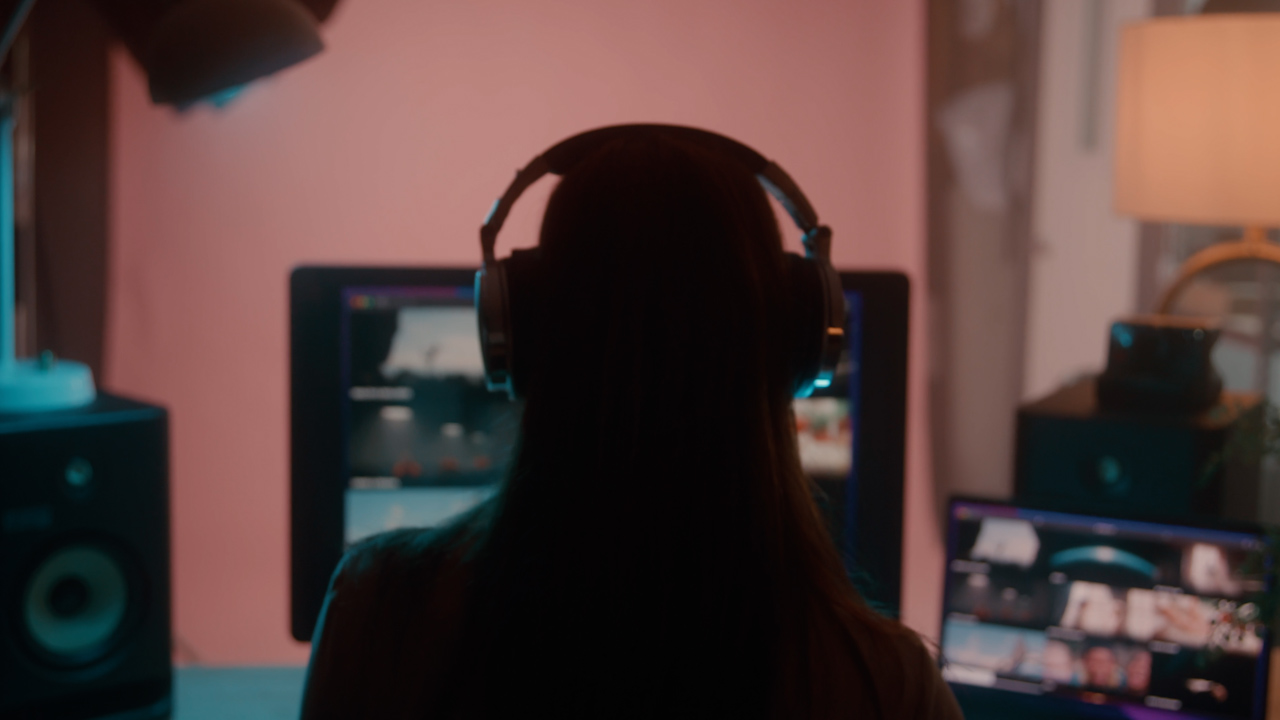
When it comes to professional video editing in the 2020s, two powerful software options stand out: Adobe Premiere Pro vs. DaVinci Resolve.
Continue Reading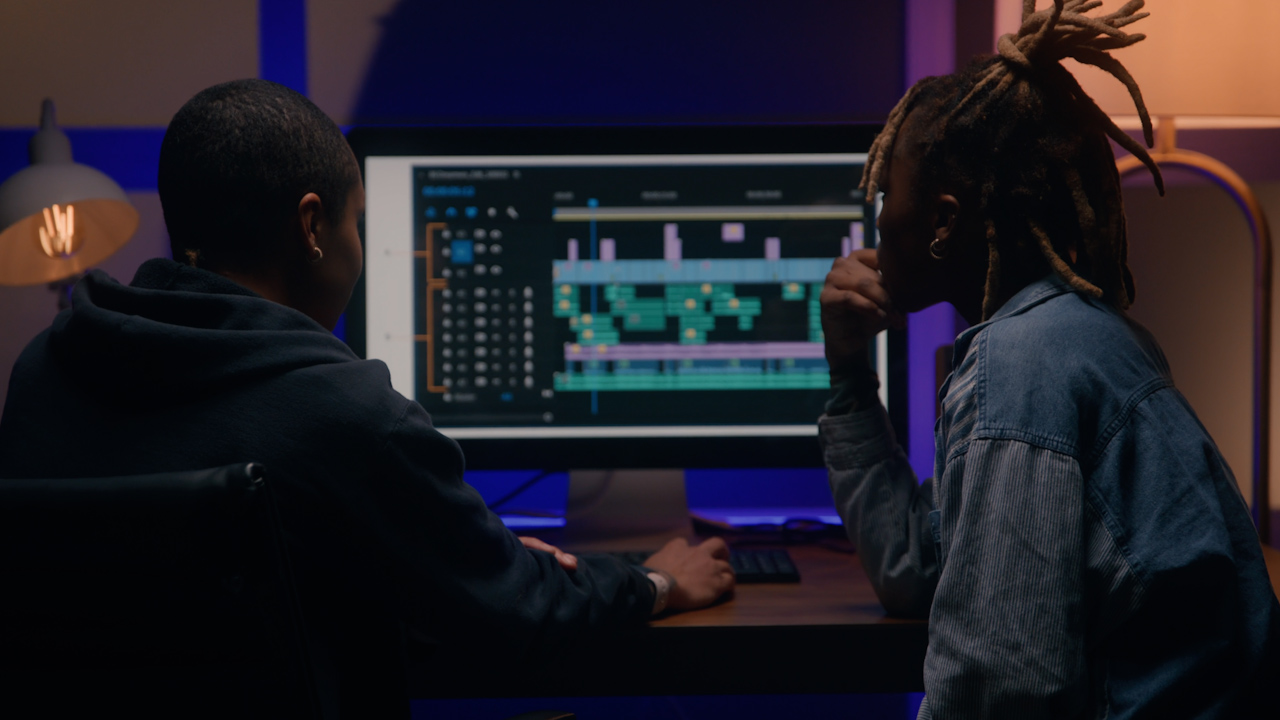
As content creators, the computers we use to edit our videos are just as important as the cameras we use to film. Here are our favorites.
Continue Reading
By far, the two most common frame rates in modern American video editing and production are 24fps and 29.97fps. Here's the difference.
Continue Reading
Filmpac’s newly-designed Project Feature is a powerful tool for collaborative video editing. Here’s a quick rundown of how it works.
Continue Reading

One of the most difficult parts of being a professional filmmaker is effectively managing and budgeting your time.
Continue Reading
Want to make money selling footage through a major stock footage platform like Filmpac? This page will walk you through the processs.
Continue Reading